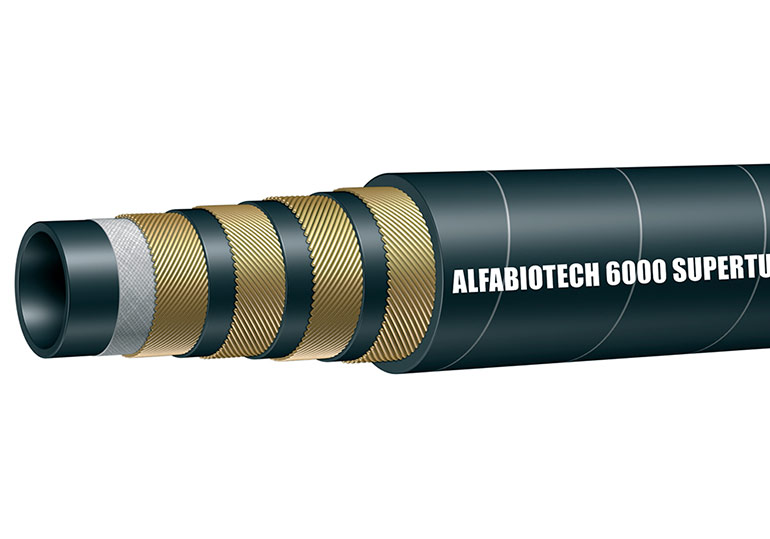By Josh Cosford, Contributing Editor
We’re all taught from a young age to place focus and worth on what’s inside, and the more thought you put into this concept, the more it rings true. For example, would an orange taste any less sweet if, on the outside, it looked like dragon fruit? And, of course, the lesson applies to people as well. Everyone knows a gentle giant who could play offensive line yet speaks with the delicate tone of a kindergarten teacher.

The same philosophy holds for hydraulics, and even more so. As bad*ss as some hydraulic pumps may appear, they could look like a dragon fruit as well if they performed as promised. That performance comes not from the outside but the inside. Sure, you’d not be happy if your pump’s exterior surface grew mold like old fruit, but let’s assume steel construction like most pumps.
Valves, cylinders, pumps, and motors work as promised because their insides contain the business bits to withstand extreme pressure. But unfortunately, hydraulic hose rarely gets the credit it deserves for channelling fluid around to the previously mentioned components, and even less frequently does the hose’s inner tube get respect.
The tube does owe credit to the reinforcement layer, which without its woven or wound steel wire would leave the hydraulic hose unable to resist a few hundred psi. But let’s not ignore the importance of that tube, not only for its contribution to pressure capacity but supplying the first line of defense to contain what flows inside.
An elastomer exposed to high pressure behaves much like a liquid and less like the firm yet compliant material you hold in your hand. Extrusion is a common failure of seals exposed to ultra-high pressure, especially when exposed to repeated pressure cycles. Without enough pressure, the seal finds even the smallest gap to exit its home.
Any tube constructed from polymers too soft to resist extrusion will lead to early hose failure, especially as the tube becomes even softer with heat — a condition inevitable with hydraulic systems. Also, although you won’t expect the rubber to pass through the reinforcement wire like Play-Doh through a strainer, imperfections in the tube, wire or both may result in localized extrusion.
The tube should resist potential harm from the fluid passing inside, which in many ways is simply intelligent system design. If you know your phosphate ester fluid will eat away at buna nitrile, select a hose constructed with an EPDM inner tube. You don’t see polyurethane inner tubes because they offer little advantage over buna nitrile while offering no resistance to common fluids like water glycol or other high water-based fluids. NBR is the most common tube material, and for a good reason.
Besides pressure capacity and chemical resistance, your hydraulic hose’s inner tube must also work well across a wide temperature range. Extreme heat may turn the hose into jelly under pressure, while extreme cold results in crack-induced failures. Of course, not every hose inner tube performs down to –70°F, but specially formulated nitrile will maintain flexibility despite the fissure-inducing cold.
However, nitrile is not the best answer if your application requires extreme heat resistance. Sleep safe at night, knowing PTFE won’t break a sweat until upwards of 400°F. Hydraulic oil cannot reach that temperature, but ambient conditions can and do. The PTFE inner tube actually protects the hydraulic fluid beneath. It just goes to show you, that it’s what’s on the inside that counts.
Filed Under: Components Oil Coolers, Engineering Basics, Hose & Tubing, Hose Assembly Tips